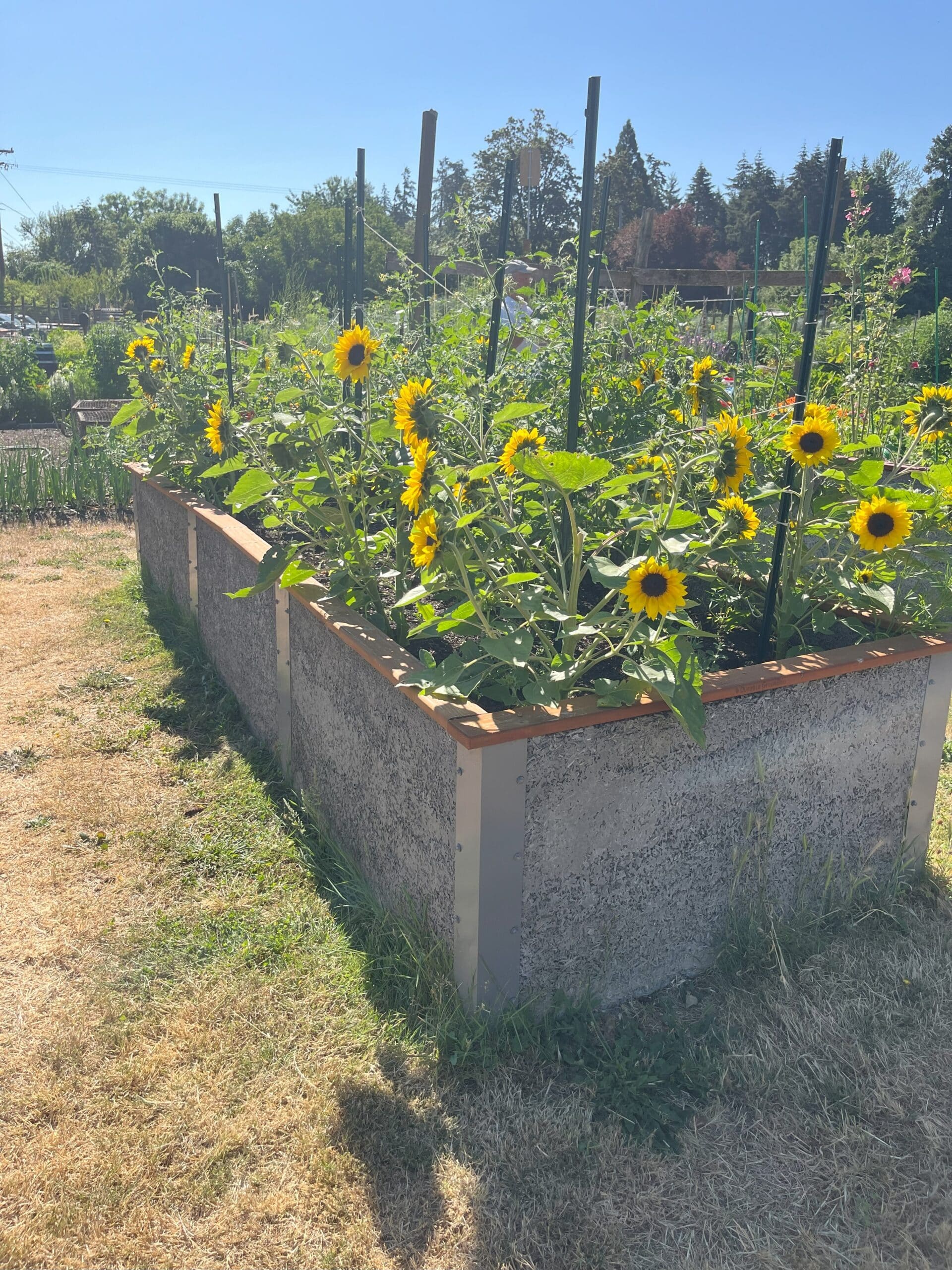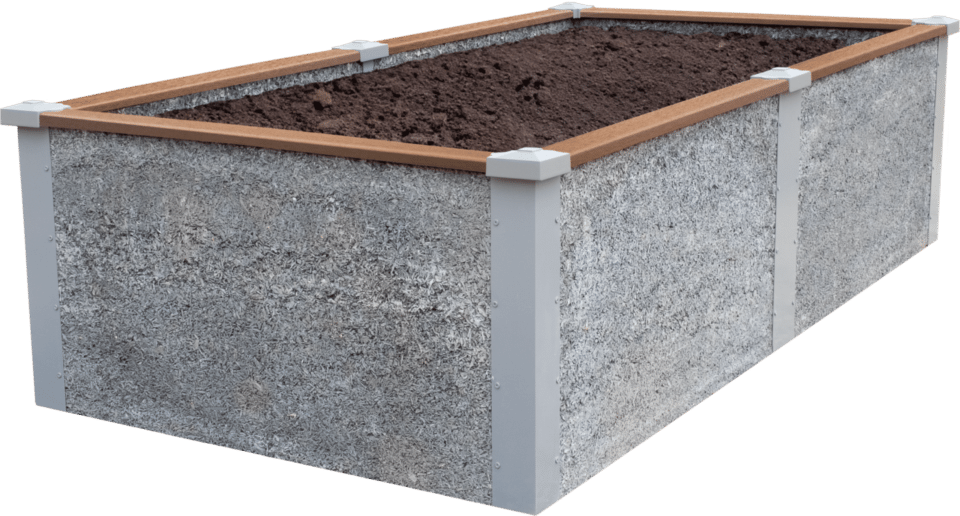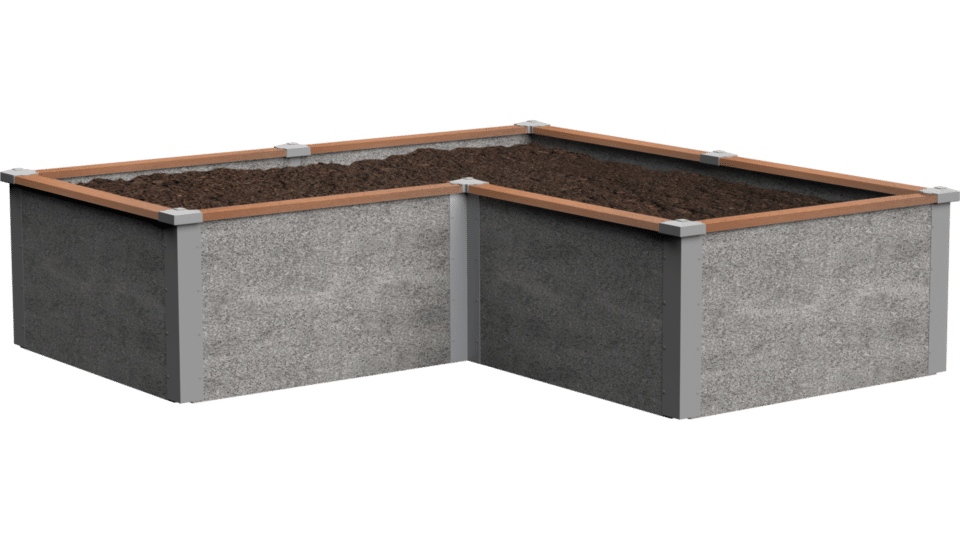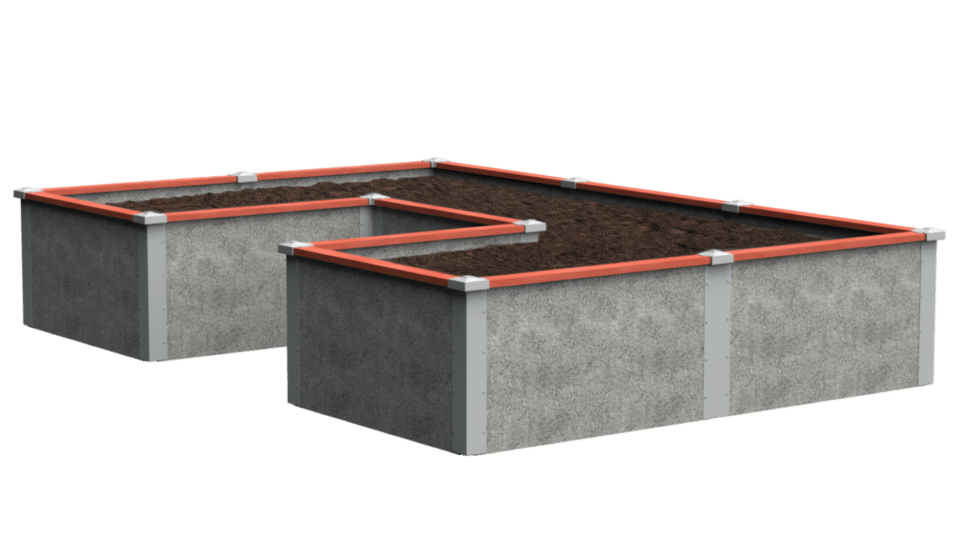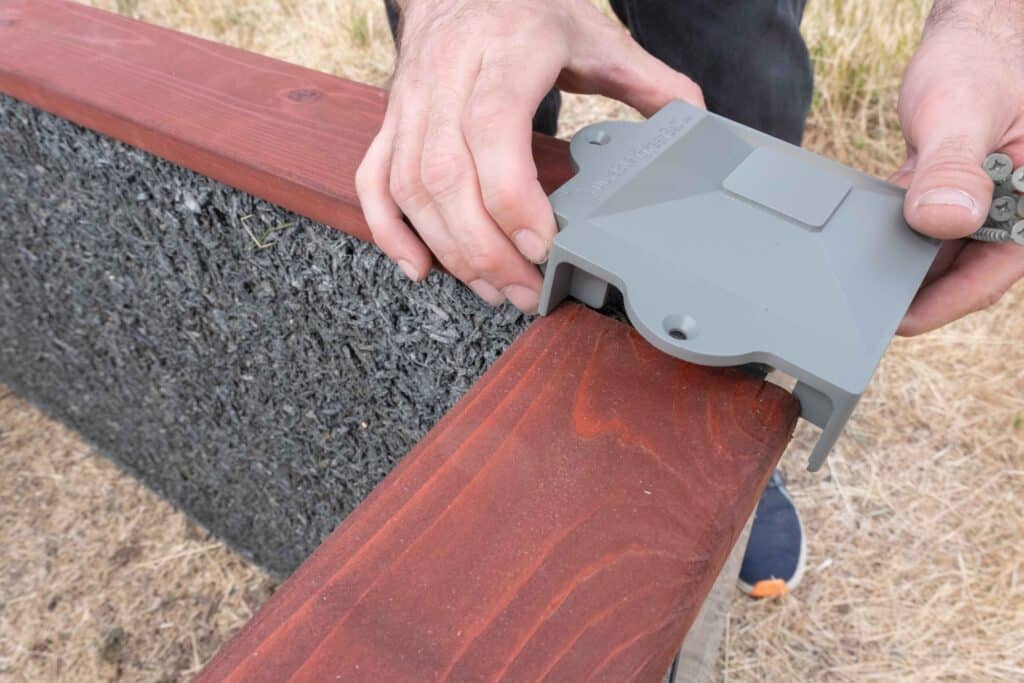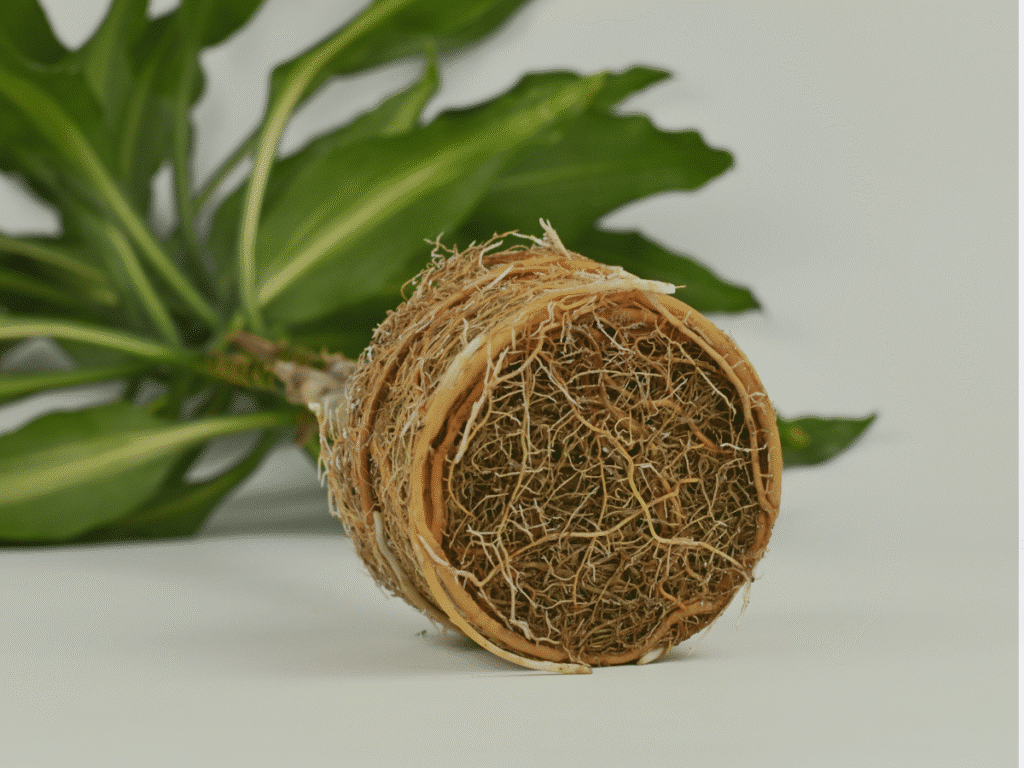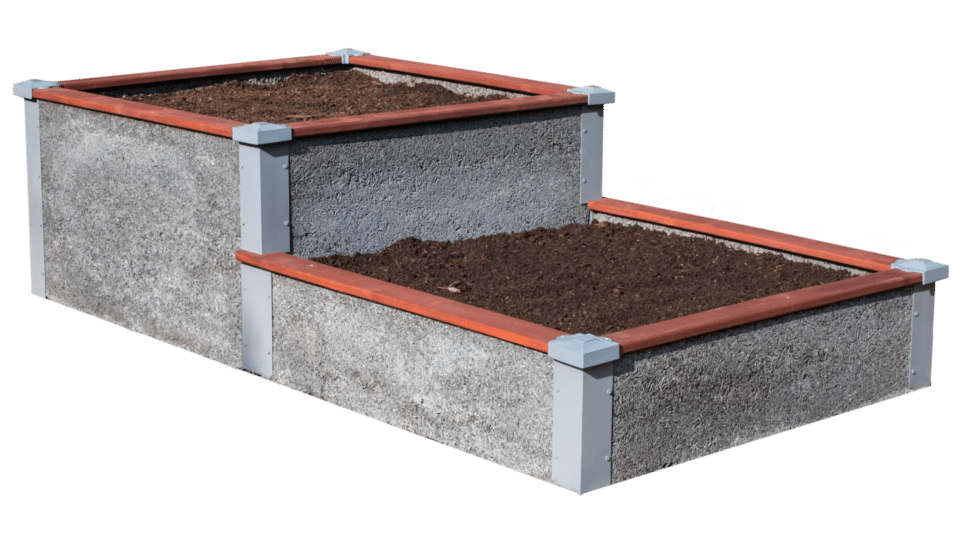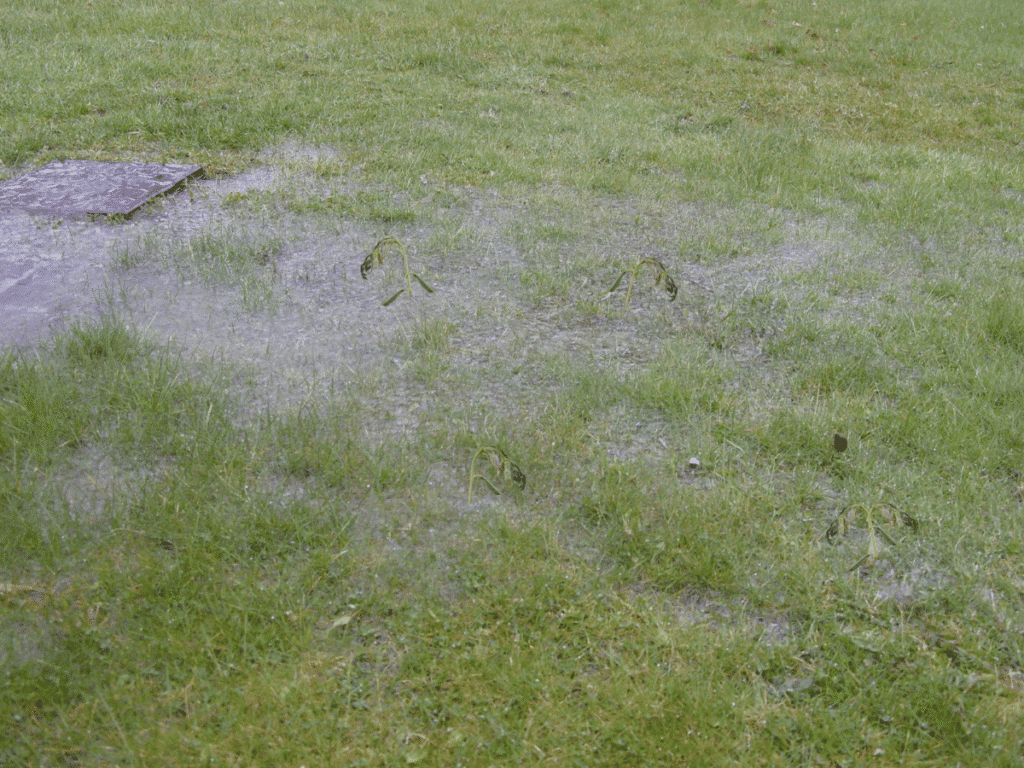
How to start a flower garden?
Flower beds have the potential to elevate an outdoor space with stunning accents and ornamentation if executed well. Before launching your project you should dig into various types of flower beds and their suitability for your needs and climate conditions to get the most out of your flowers. With an abundance of options, it can certainly be overwhelming to decide where to start, so we urge you to focus on the three key elements of creating a flower bed: design, construction, and maintenance. Read further to learn more about each step of the process.
How to plan a flower bed?
Before jumping into the design and hands-on portion of the process, you will likely be happiest with your flower bed if you plan. Here are the three essential aspects to consider during the planning phase so you can choose flowers that correspond with your climate, growing conditions, and vision.
- Consider the climate: Think about the climate in your region, and the geographical aspects of your yard that will impact plant growth. For instance: How long are each of the growing seasons in your climate? What is the established gardening zone, or the average lowest minimal temperature, for your area? You can use these references to judge which kinds of plants would thrive best in your climate. For the most recent Plant Hardiness Zone Map published by the US Department of Agriculture, click here.
- Investigate your sun and soil: Just as climate plays a crucial role, it’s important to determine how much sunlight reaches your yard and which areas get the most exposure. While certain plants need plenty of direct sunlight, most flowers prefer the morning sun and benefit from afternoon shade. If constructing an in-ground garden bed, evaluate the native soil in the area. The chemistry of soil is complex, requiring a careful balance of pH, texture, and organic matter. In general, flowers opt for loose, loamy well-draining soil, so you may need to mix in flower soil mix or add compost or organic matter with the native soil.
- Find your flowers’ purpose: Finally, assess what you would like to achieve with your flowers. For instance, you might aim to provide a feast for bees and other pollinators, grow flowers to cut and arrange into a bouquet or restore native habitats by planting wildflowers. Setting a goal will guide your choices and can help you create a flower bed that transcends your expectations.
Design
Flower bed ideas
Ranging from window flower beds or a landing strip of flowers lining a walkway to a curbside splash of color, or a vibrant centerpiece around a tree, there are so many possibilities for flower bed design. Here is a list of flower bed design ideas to get the ball rolling and give you a glimpse into the various types of flower beds you could cultivate in your yard:
- Perennial beds: Plants that come back year after year.
- Annual flower beds: Plants that last one season.
- Mix annuals and perennials: Combines the best of both worlds.
- Formal flower beds: Symmetrical and structured.
- Cottage garden: Relaxed and casual, with a mix of plants and flowers.
- Butterfly garden: Attracts butterflies with plants such as aster, milkweed, or sunflowers.
- Wildflower beds: Naturalized look with native plants.
- Succulent flower bed: For arid climates or low-maintenance options.
- Edging with flowers: Creates a border around a space.
- Flower walkway: Creates a path lined with flowers.
- Cutting garden: Grown specifically for cut flowers.
- Edible flowers: Flowers that are safe to eat.
- Container garden: Flowers grown in pots or containers.
The most eye-catching element of your flowers will be their bright blossoms, so choose their colors intentionally. When undergoing color selection, think about the color wheel, and select complementary colors, colors that are close to each other on the wheel, colors that contrast the existing landscape, or ones that match the design elements of your home. Another optional feature is to have a focal point or a visual center that immediately catches the eye.
Now having put some thought into preparation and design, you can take inspiration from existing flower beds and landscaping designs. To get you started, here is a collection of some of our top picks for the best flower bed designs:
Construction
How to prepare a flower bed from scratch?
With a style and design mapped out, it’s time to start getting your hands dirty for the first – but certainly not last – time in your gardening journey. If you are starting completely from scratch, consult this step-by-step guide to installing a flower bed in your yard.
- Determine size and shape: Based on the predetermined sunny areas of your yard, pinpoint where you want your flower bed to take shape and have a rough mental outline. If you are digging up your yard, you may want to take care not to hit any utility lines. To locate utility lines on your property, you can call your local utility providers. In many cases, municipalities can check for lines in your yard for free. If placing a raised garden bed on concrete or other hard surface, measure and create an outline with chalk and ensure you do some extra research on retaining the soil so it doesn’t wash away.
- Remove grass and existing vegetation: To clear out space for your garden, you will need to kill the grass and other plants, including all their roots. For shorter and less dense vegetation like grass, one method is to lay a few layers of newspaper over the area in the fall. Then, cover the newspaper with a few inches of compost. By spring, the newspaper should block any sunlight from existing vegetation, leaving you with a fresh patch of dirt ready for planting.
- Construct your garden bed: If you are building a raised garden bed, you will need to assemble the parts. Pre-made kits, such as Durable GreenBed raised garden bed kits, are a convenient option, as they are easy to assemble and only take a couple of hours. Otherwise, if you have the time, look into different garden bed materials and decide which is most suitable for you. The most common materials for raised garden beds are wood, metal composite woodcrete, and plastic. For a deep dive into each material and its pros and cons, visit our blog post on the best materials for raised garden beds.
- Prepare the soil: Once your garden space is prepared, use a shovel or gardening spade, to turn over and break up the soil. Then, ensure you properly aerate the soil to allow for enough airflow, which will promote nourishing soil. When working with the soil, it’s best if it is damp but not drenched. Finally, spread a thick layer of organic matter or compost and mix it in to enrich the soil and improve its quality.
- Add a liner or weed barrier (optional): To prevent weed growth and save you from frequent labor-intensive weeding, you might want to lay down a liner to suppress weeds. This includes fabric, cardboard, newspaper, or plastic. If you deal with pests like moles or chipmunks that will burrow their way to the bottom of your garden, line the bottom of the bed with metal hardware cloth to keep them out.
- Put in the plants: Place your flower seeds or plants, ensuring that you space them appropriately. If the flowers are too crowded, they might compete too much for sun and soil nutrients, which could inhibit their growth.
Maintenance
Now having your garden installed, the last thing you will want is for all that hard work to go to waste. Consider each of these final maintenance tips to achieve a lush yield of flowers and the most brilliant garden around the block.
- Water: Establish a watering routine based on the needs of your specific flowers. Be careful to choose plants that require similar amounts of water so you can water the whole bed at once. If one type of flower needs frequent watering but its neighbor needs water only a couple of times per month, then you will be left with an unhappy garden bed.
- Add mulch or fertilizer: After planting, you may want to add a layer of compost to the top of the soil. This will suppress weeds and maintain moisture in the soil. Beyond that first layer, you can add fertilizer routinely to your flower bed, but just as watering needs are unique to your plants, so is the amount of fertilizer you can add. Do further research on your chosen plants to determine their fertilizing preference.
- Pull weeds early: If you see an invasive plant rearing its head, pull it and its roots out early. This will prevent the weeds and their roots from spreading in your garden.
- Deadhead spent blooms: Deadheading, or removing wilting flowers, encourages continuous flowering in your garden. While it takes minimal time and effort, it should be done consistently to keep your flowers looking their best. For best results, deadhead flowers around once a week.
- Aeration: As mentioned earlier, aeration will keep your soil healthy and as a result, should be done regularly. Try to aerate your soil one to two times per week to prevent the soil from becoming compacted and blocking oxygen from plant roots.
Main Takeaways
In this article, we discussed the key steps to creating a thriving flower bed: from planning and designing, to constructing and maintaining it. By following these steps, you will be well on your way to creating a vibrant and healthy flower bed. To start your exploration of raised garden beds, check out our detailed look at raised garden beds by clicking here and discovering what sets Durable GreenBed apart.
There's Nothing Like Durable GreenBeds
It's the Walls!™
- Breathable
- Well Draining
- Higher Yields
- Prevents Slugs and Pests
- Non-Toxic
- 20-25 Year Lifespan
Shop Durable GreenBed Kits
-
Rectangular Raised Garden Bed Kit
$471.00 – $2,085.00Price range: $471.00 through $2,085.00 Select options This product has multiple variants. The options may be chosen on the product page -
L-Shaped Raised Garden Bed Kit
$786.00 – $1,305.00Price range: $786.00 through $1,305.00 Select options This product has multiple variants. The options may be chosen on the product page -
U-Shaped Raised Garden Bed Kit
$1,199.00 – $2,446.00Price range: $1,199.00 through $2,446.00 Select options This product has multiple variants. The options may be chosen on the product page
Shop Durable GreenBed Raised Garden Bed kits
-
Rectangular Raised Garden Bed Kit
$471.00 – $2,085.00Price range: $471.00 through $2,085.00 Select options This product has multiple variants. The options may be chosen on the product page -
L-Shaped Raised Garden Bed Kit
$786.00 – $1,305.00Price range: $786.00 through $1,305.00 Select options This product has multiple variants. The options may be chosen on the product page -
4’x8’ Stepped Raised Garden Bed Kit
$865.00 – $1,073.00Price range: $865.00 through $1,073.00 Select options This product has multiple variants. The options may be chosen on the product page -
U-Shaped Raised Garden Bed Kit
$1,199.00 – $2,446.00Price range: $1,199.00 through $2,446.00 Select options This product has multiple variants. The options may be chosen on the product page

